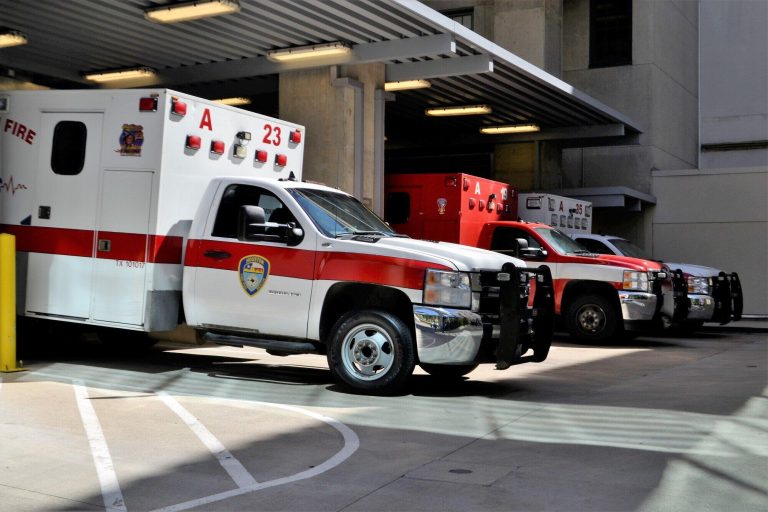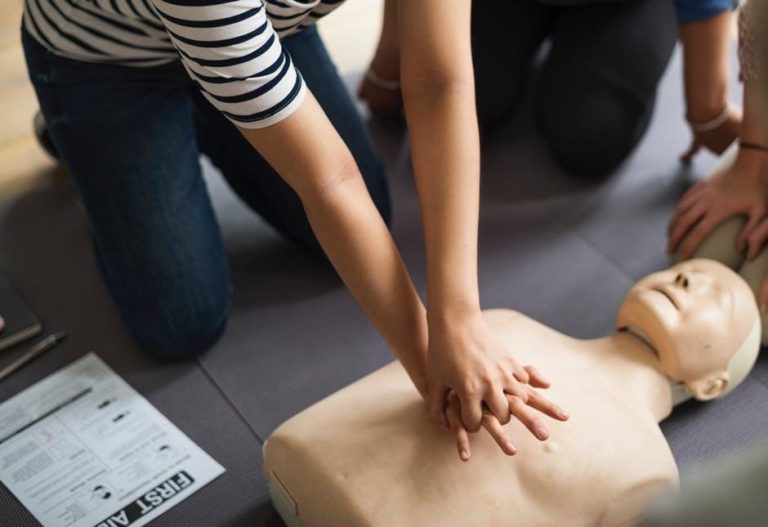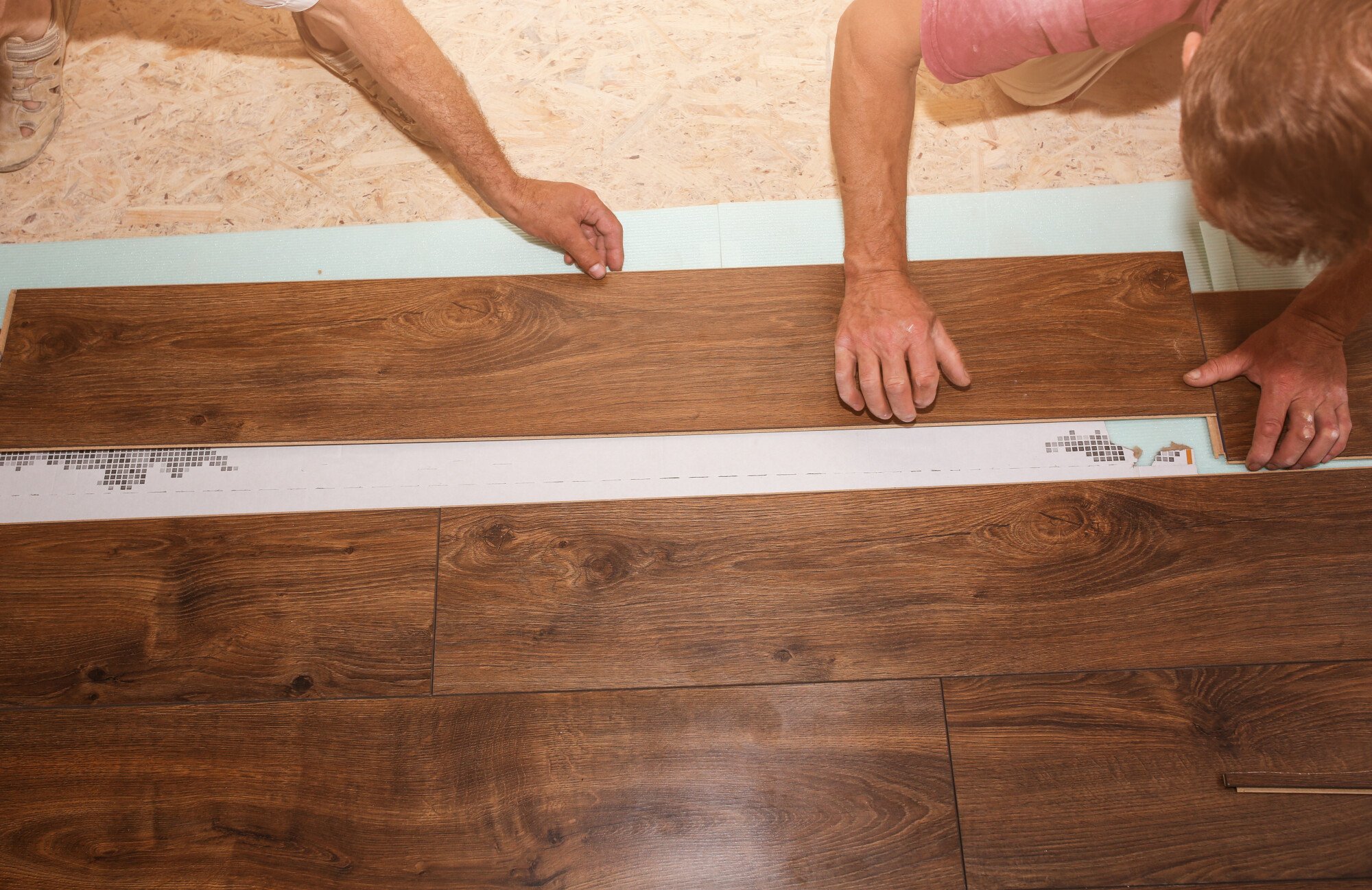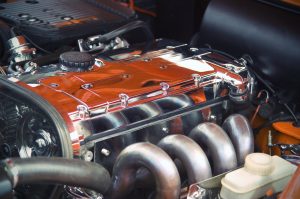AR kits have become a staple for firearm enthusiasts, offering a customizable and hands-on approach to building a rifle. These kits, particularly the AR kits for sale in the market, provide the necessary components to assemble a fully functional AR-style rifle. Understanding the key elements within these kits is crucial for anyone looking to build their AR. This article will detail the main components found in most AR kits, outlining their functions and importance in the overall assembly process.
Table of Contents
Lower Receiver
The lower receiver is the core component of an AR kit, often considered the backbone of the rifle. It is the part that is legally recognized as the firearm itself and holds the serial number. This component houses the fire control group (trigger, hammer, safety), the magazine well, and the stock attachment. In AR kits, the lower receiver typically comes in two forms: stripped, where you add the internal components, or complete, where it’s ready to attach to the upper receiver.
Upper Receiver
The upper receiver of an AR kit is the counterpart to the lower receiver. It houses the barrel, bolt carrier group (BCG), and charging handle. The upper receiver is responsible for guiding the bullet from the magazine to the barrel and then out of the barrel when fired. In most AR kits, the upper receiver comes pre-assembled, though some kits offer a stripped version for more advanced builders. The upper receiver plays a crucial role in the accuracy and reliability of the rifle, making its quality and compatibility with the lower receiver paramount.
Barrel
The barrel is a critical element in AR kits, dictating the rifle’s accuracy, range, and caliber. Barrels come in various lengths, materials, and profiles, each suited for different shooting styles and purposes. Short barrels are ideal for close-quarters combat due to their maneuverability, while longer barrels offer increased accuracy at longer distances. The barrel’s material, such as stainless steel or chrome-molybdenum, affects its durability and performance. The choice of the barrel in an AR kit will significantly influence the rifle’s overall performance, making it a crucial consideration during selection.
Bolt Carrier Group (BCG)
The Bolt Carrier Group (BCG) is the heart of the AR rifle. It includes the bolt, carrier, gas key, firing pin, and extractor. The BCG is responsible for cycling the rifle, feeding bullets from the magazine into the chamber, firing them, and then ejecting the spent casings. The quality of the BCG is essential for the reliability and longevity of the rifle. In AR kits, the BCG usually comes as a complete assembly. However, individual components can be customized for enhanced performance, such as a nickel-boron-coated BCG for smoother operation and easier maintenance.
Handguard
The handguard in an AR kit serves multiple purposes, including protecting the shooter’s hands from the hot barrel and providing a platform for attaching accessories like sights, lights, and grips. Handguards vary in length and design, with options like free-floating handguards offering improved accuracy by reducing the impact of hand placement on the barrel’s harmonics. Materials can range from aluminum to carbon fiber, affecting the rifle’s weight and heat resistance. The choice of handguard in AR kits can significantly impact the rifle’s aesthetics, weight, and functionality, making it a key element in the customization process.
Trigger Assembly
The trigger assembly in an AR kit is critical for the firing mechanism and overall shooting experience. It includes the trigger, hammer, sear, and associated springs. Trigger assemblies can range from basic mil-spec to advanced, such as two-stage or adjustable triggers, affecting the rifle’s trigger pull weight, break, and reset. A quality trigger assembly can significantly improve shooting accuracy and comfort.
Stock and Buffer Assembly
The stock and buffer assembly in an AR kit are key to the rifle’s ergonomics and recoil management. The stock, which attaches to the rear of the lower receiver, can be fixed or collapsible, impacting the rifle’s overall length and adjustability for different shooters. The buffer assembly housed within the stock includes the buffer tube, buffer, and spring. This system helps to absorb recoil and ensures the smooth cycling of the bolt carrier group.
The main elements of an AR kit, as seen in the various AR kits for sale, form the foundation of a customizable and functional AR-style rifle. Each component – from the lower and upper receivers to the barrel, BCG, handguard, gas system, trigger assembly, and stock and buffer assembly – plays a crucial role in the assembly and performance of the rifle. Understanding these components is vital for anyone looking to build their own AR, ensuring they can make informed choices and create a firearm that meets their specific needs, preferences, and shooting style.
Related Post: Legal Grounds: Understanding Your Rights After a Slip and Fall Incident








































































